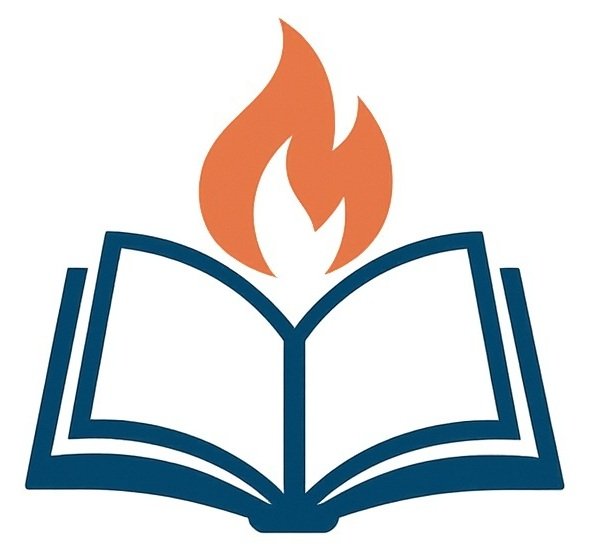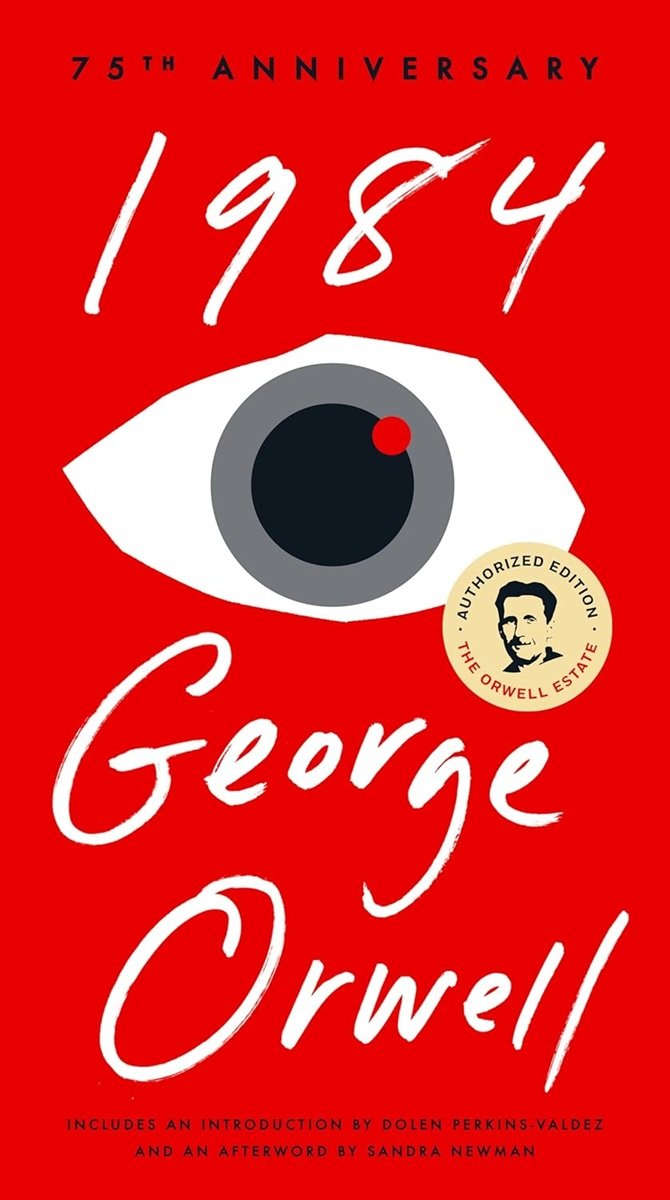Your cart is currently empty!
George Orwell’s 1984 is a gripping dystopian novel that explores a totalitarian society ruled by constant surveillance, propaganda, and oppressive control. The story follows Winston Smith as he struggles to maintain individuality and truth in a world dominated by Big Brother. This literature guide includes activities such as chapter summaries, character analysis, theme exploration, discussion questions, and essay prompts to deepen comprehension and critical thinking. It encourages students to examine political power, freedom, and personal identity. Suitable for grades 10–12.

| Title: | 1984 |
| Author: | George Orwell |
| Year Published: | 1949 |
| Suitable Grade Level: | Grades 10–12 |
| Key Themes: | – Totalitarianism: The dangers of absolute government control and how a society can lose freedom and individuality under oppressive regimes. – Surveillance: The constant monitoring of citizens’ actions and thoughts, emphasizing the loss of privacy and personal freedom. – Propaganda and Manipulation of Truth: How language, media, and information can be twisted to control beliefs and perceptions. – Individual vs. Society: The struggle to maintain personal identity and moral integrity against societal pressure. – Freedom, Identity, and Rebellion: Winston’s journey to assert autonomy, explore desires, and resist conformity. – Language and Thought Control: The use of “Newspeak” and restrictive language to limit free thought and expression. |
| Literary Elements: | – Dystopian setting: A bleak, oppressive world dominated by Big Brother and the Party. – Third-person limited point of view: Focused primarily on Winston Smith’s thoughts and experiences. – Symbolism: Big Brother, telescreens, the glass paperweight, and other objects representing control, memory, and resistance. – Foreshadowing: Early hints of Winston’s rebellion and the Party’s ultimate power. – Irony: Public obedience versus private dissent highlights contradictions in society. – Characterization: Detailed portrayal of Winston, Julia, and O’Brien to explore themes of conformity, loyalty, and resistance. |
| Rhetorical Devices: | – Satire and allegory: Critique of totalitarianism and political systems. – Imagery: Descriptions emphasizing bleakness, oppression, and fear. – Repetition: Slogans such as “War is Peace, Freedom is Slavery, Ignorance is Strength” reinforce Party ideology. – Juxtaposition: Contrasts private thoughts and public conformity to highlight oppression. – Diction: Formal, controlled language emphasizing rigidity and suppression. |
| Curriculum Connections: | – Social studies: Government systems, totalitarian regimes, and historical context (post-WWII, Stalinism). – English/literature: Dystopian fiction, literary analysis, and thematic exploration. – Ethics and philosophy: Discussions about freedom, privacy, morality, and human rights. – Media literacy: Examination of propaganda, information control, and critical thinking. |

